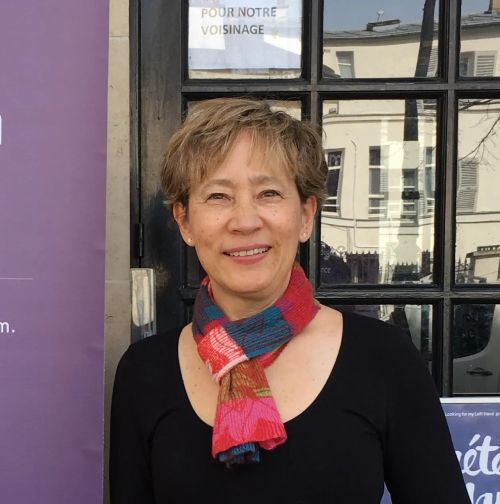Have you noticed how people these days can be a bit on edge? Maybe you’re finding yourself getting extra frazzled or having a meltdown more often than usual. And that doesn’t feel great, does it?
When my life is stressful, I catch myself snapping at the people I care about more often. Then I need to apologise and hope the relationships can stand the strain.
Plus, becoming snappy takes a toll on my self-esteem. I don’t feel good about myself when I react to something my partner says in a way that looks like a mini tantrum!
If you think about it, life is full of potential triggers that can set off our stress levels.
Learning how to turn things around when those triggers come is important so you don’t end up reacting in a way you regret.
It isn’t complicated, although it does need commitment and practice.
The good news is: you’ll likely start feeling a positive change pretty quickly!
So take a look at the steps below.
“There are no enemies inside. Every part of us is trying to save our lives.”
1. Pause.
Take a moment and start to be aware of how you are right now. Notice if you’re comfortable, notice how you feel.
2. Acknowledge what you find.
Use special words. Instead of saying, “I am stressed… frustrated… (add your word)” we can say, “I am sensing something in me feels stressed… frustated… (what’s your word?)
And perhaps when you paused you sensed anxiety. Instead of saying, “I am anxious,” try saying, “I am sensing something in me that feels anxious.”
Try using this language, and notice what happens. Do you feel a bit more spacious? Like there’s more to you than just that feeling?
Pause and check how you feel towards this part of you.
When you Pause and Acknowledge what’s inside you, you are beginning to relate to what’s there, befriending this part of you.
You’re no longer drowning in it or lost in it or identified with it. You’re no longer pushing it away or wish it wasn’t there. Instead, you can be with it. Almost as if you’re with a friend who is having a hard time.
Pause to see what this is like inside for you, to be a friend to the side of you that’s struggling. You might feel a bit more calm, a bit lighter.
The next step helps the relationship between you and the “anxious” one to deepen.


